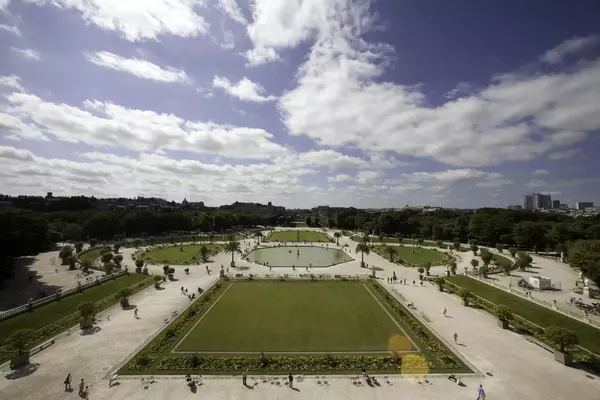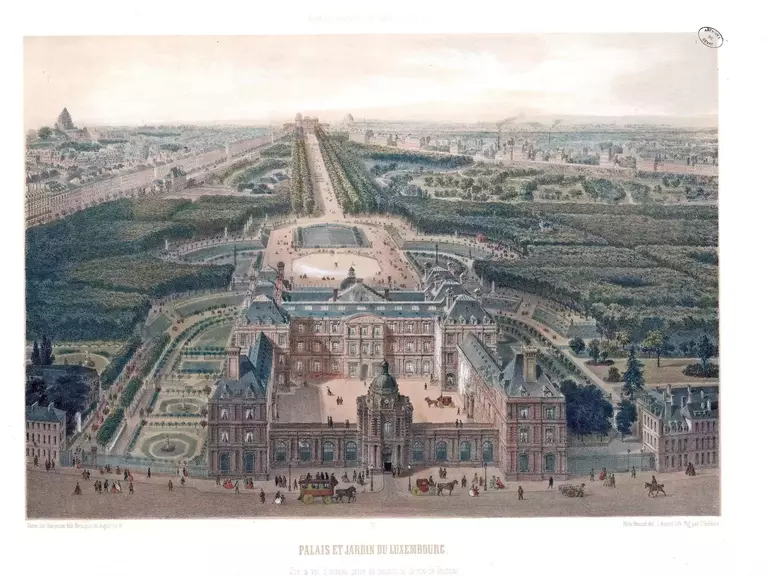
The Luxembourg Garden was acquired by Marie de Médicis between 1614 and 1631, and underwent many transformations up until the renovations by Haussmann, when it took its current shape.
While its area - approximately 23 hectares - is roughly equivalent to the initial acquisitions of Marie de Médicis, the layout has changed completely over the centuries. It was not until the end of the Second Empire that the current boundaries of the garden were defined.
In this section, discover the key moments in the history of the Luxembourg Garden.
Key dates in the history of the Garden
3rd Century
The Gallo-Romans
Decorative features and objects uncovered during numerous excavations attest to the presence of villas occupied by wealthy inhabitants. These include refined items such as a mirror handle, a bracelet, earrings... The villa revealed on the western front of the current palace appears to have been built towards the end of the 1st century AD. It likely featured polychrome frescoes and was adorned with at least one mosaic pool.
This site also housed pottery workshops, suggesting that the district was one of crafts activities: a large number of pieces of decorated sigillated pottery have been uncovered, as well as waste pits for the craftsmen’s debris, and even a potter’s kiln. An impressive number of stratified layers of Gallo-Roman ceramics have also been found.
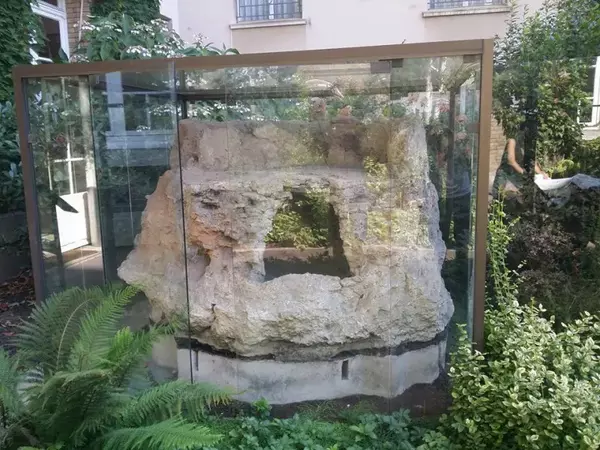
11th Century
The Castle of Vauvert
In 1016, Paris was annexed to the royal domain of Robert II, known as Robert the Pious (970-1031), son of Hugh Capet. It was an area planted with vineyards at the time, and the wine produced there was infamous for its acidity!
Robert the Pious established his residence in the midst of these vineyards, in a verdant valley that came to be known as "Vauvert" (vallis viridis). The castle was thus one of the very first royal residences in Paris. Despite his legendary piety, Robert II repudiated his wife Rosalia to marry his cousin Bertha of Burgundy. The pope excommunicated him, judging the blood relationship too close. Upon his death in 1031, the residence was abandoned: it was not considered auspicious to take over the home of an excommunicated king, and it was seen as a cursed place, feared to be inhabited by the devil.
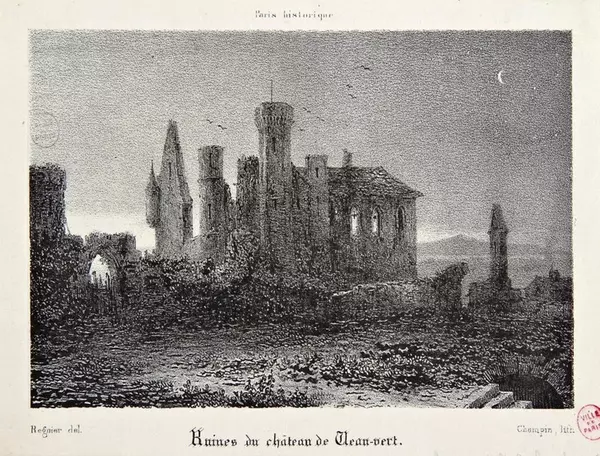
Middle Ages
The Devil Vauvert
On the death of Robert the Pious, the Castle of Vauvert assumed a sinister aspect: located outside the city walls and near the road leading southwards towards Orléans, its ruins became a haunt for bandits and beggars. There were abandoned quarries nearby, whose tunnels provided a labyrinth of hiding places, while the nearby vineyard of Clos Vigneray provided these "devils" with cheap and plentiful drink. All this gave the castle an air of ill repute.
Tales of the time tell of cries, howls, and terrifying noises and it came to be seen as a place of evil. Spirits, monsters that were half-man and half-snake, and even the devil himself were said to have been seen there! No one dared venture there, not even the constabulary. The notoriety of the Castle of Vauvert lasted for more than a century and gave birth to the popular expression: "to go to the Devil Vauvert" (an equivalent of saying "to go to the ends of the earth").
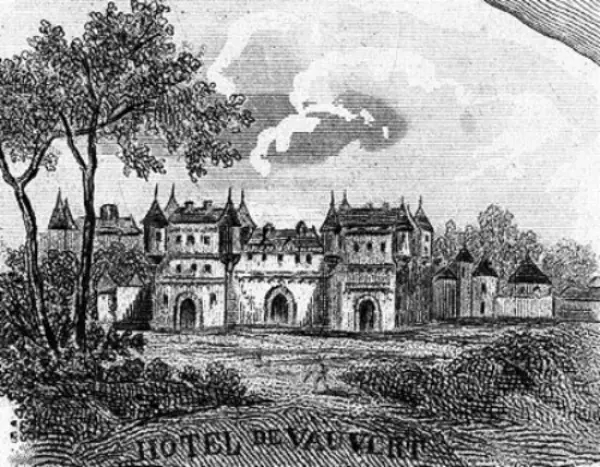
13th Century
The Charterhouse of Vauvert
In the middle of the 13th century, King Louis IX (Saint Louis) was keen to attract religious orders to his city of Paris, and asked the Carthusians, whose rule he admired, to come and establish a monastery nearby. They accepted his call, intending to give the place a spiritual dimension with their presence.
They arrived at Vauvert on 21 November 1257. The castle and its dependencies constituted a space of about nine arpents (over two hectares). Thanks to numerous acquisitions, the monks soon expanded their domain, and by the end of the century, the Carthusian enclosure covered a large area of about seventeen hectares.
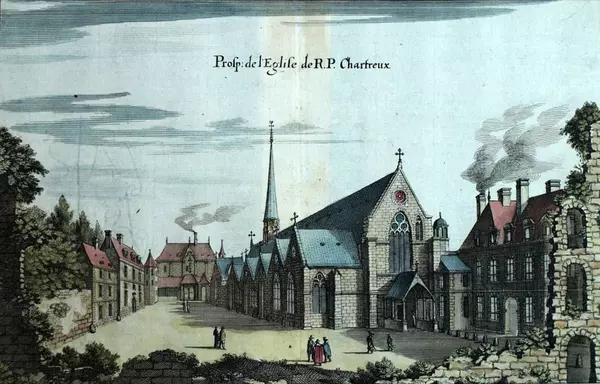
17th Century
Marie de Médicis
Upon the death of Henry IV in 1610, his widow Marie de Médicis, aged 37, became the regent of the kingdom until the coming of age of Louis XIII, who was only eight and a half years old. The queen felt that her accommodation in the Louvre was inadequate and wanted a residence of her own. She decided to build an Italian palace to recapture the atmosphere of her native country.
She acquired the Petit Luxembourg in 1612. It was a simple townhouse with three wings owned by François, Duke of Piney-Luxembourg, a friend of the royal couple. Before she bought it, the queen would often come to enjoy the tranquility of the place with her young children. The Dauphin Louis enjoyed playing and hunting in the duke's garden.
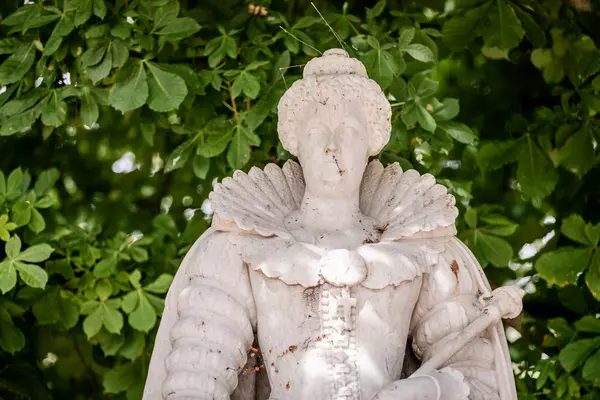
18th Century
The Garden Changes Shape
The domain remained unchanged until the Luxembourg Palace was given as an appanage to the Count of Provence. To pay for the restoration of the Palace, the western end of the gardens on the Notre-Dame-des-Champs side was sold. About ten hectares were ceded in 1782 to create Rue de Luxembourg, later to become Rue Guynemer. The walkways that were sacrificed included the "Valley of Philosophers" where Rousseau, a guest in 1741 at the Hôtel Saint-Quentin on Rue Victor-Cousin, walked every morning while exercising his wayward memory on the eclogues of Virgil, as well as the evocatively named "Alley of Sighs."
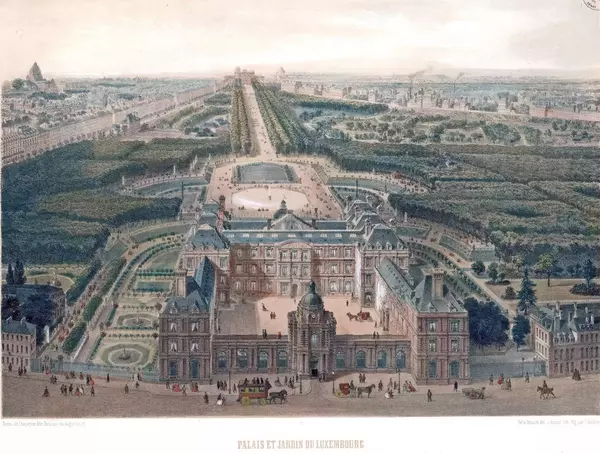
19th Century
Baron Haussmann's Renovations
Haussmann's renovations were largely at the expense of the park which was initially reduced by the widening of Rue de Vaugirard and the creation of Boulevard Saint-Michel. In 1865, it was decided to limit the garden to the south by a street extending Rue de l'Abbé-de-l'Épée, and to parcel out the nursery and the botanical garden.
This decision provoked a public outcry at the time and led to petitions, one of which drew 12,000 signatures. The garden was thus established in its current shape.
